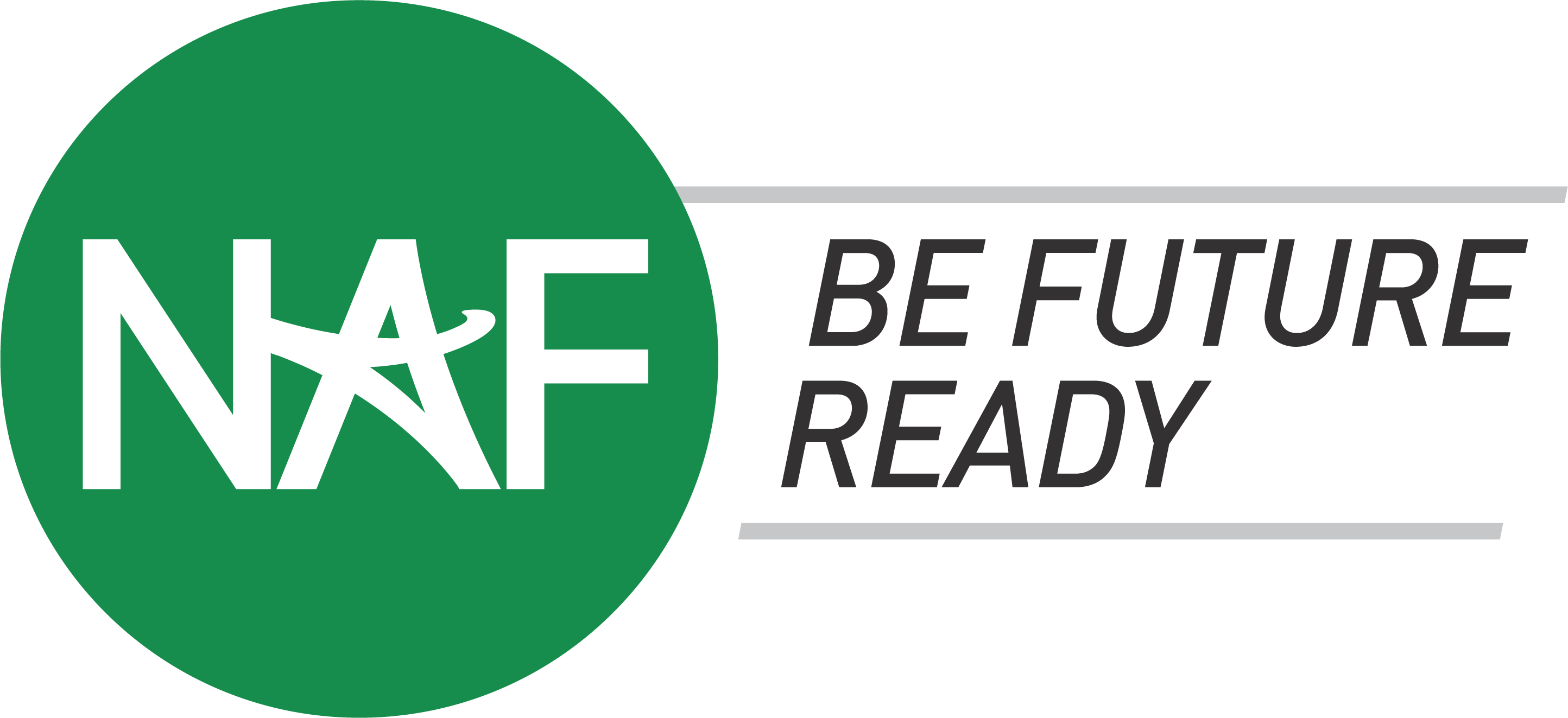The Bridgespan Group included career pathways in its recent ‘billion dollar bets’ series
Employers say today’s graduates are not applying for jobs with the skills they need to be successful in a range of industries. And while thousands of high schools are working to expose students to career opportunities early and help them develop the soft skills they’ll need in the workplace, a recent report calls on philanthropists to join the effort.
The Bridgespan Group, which works with mission-driven organizations and philanthropists to increase their impact, produced a series of reports outlining 15 ways donors could spend a billion dollars and expand economic opportunity across the country. One of its “billion dollar bets” recommends a $1 billion investment in establishing career pathways. Every dollar invested funds an intervention that is directly tied to employment and earning power, which contributes to the clear return on investment for donors.
If philanthropists pour $1 billion into a suite of initiatives tied to establishing career pathways, report authors Debby Bielak, Devon Murphy and Jim Shelton expect affected individuals would see a cumulative increase in their lifetime earnings of $7.3 billion to $14.7 billion.
Within their billion-dollar bet about career pathways, authors recommend investing in regional intermediaries that can support proactive advising for students, work-based learning opportunities like internships and apprenticeships, the development of a curriculum that equips schools to teach soft skills in a systematic and effective way, and regional partnerships between high schools, post-secondary institutions, employers and other community partners to align curriculum and instruction with career pathways.
Bielak says a concerted effort to create and reinforce clear pathways for students would help low-income students and students of color for whom the current system does not open doors. And in that vein, Murphy points to a significant body of evidence that shows contextualized learning gets better results in student achievement than noncontextualized learning.
“Math in the context of how you would apply it in catering,” Murphy offered, as an example. “Students are more likely to connect to the information and see the value.”
That’s a key driver of some of the career academy expansion in U.S. high schools.
The NAF academy network has 716 high school affiliates in 34 states, the District of Columbia and the Virgin Islands. Brenda Barry, assistant vice president of academy development, says Miami Dade County has specifically latched onto the idea of career academies and career pathways as a school improvement strategy.
Schools battling high dropout rates can turn to career academies to lend an added air of relevance for students, who get obvious answers for why they are learning math or science.
Besides philanthropists, Barry believes there is a role for employers at the high school level.
“Many have solid connections with colleges and universities all over the country for internships, but they’re beginning to see that’s not enough,” Barry said. “They’ve got to reach lower into the pipeline and connect with high schools and even entire school districts that believe this is the way high school should be structured.”
NAF recently developed the NAFTrack Certification, which the network hopes will reach 50,000 students by 2021. To become certified, students have to demonstrate content knowledge and skill mastery through culminating projects and end-of-course exams in at least four NAF career-related courses and they have to complete 120 hours of a paid internship with direct supervision by someone other than a teacher.
Students who get certified get special consideration with employer partners. The fledgling program now has 15 employer partners, including Hewlett Packard, Verizon, Xerox and KPMG. And Barry says the list of global corporations is growing, though NAF is laying the groundwork to see faster growth with regional employers that partner with affiliated academies.
Some of the soft skills that students demonstrate through their projects and internships include teambuilding, problem-solving, critical thinking and time management — all skills business leaders say are important in their companies.
Similar certifications are available through the Linked Learning Alliance and the ACT’s Work Keys.
If employers and philanthropists join with the education sector to further reinforce connections between high school, college and career, Bridgespan’s Bielak sees an opportunity to improve outcomes for low-income students and underrepresented students of color, especially.
“The hope and intention is if there is a pathway that’s more deliberate that folks would both pursue the paths and complete them,” Bielak said.


